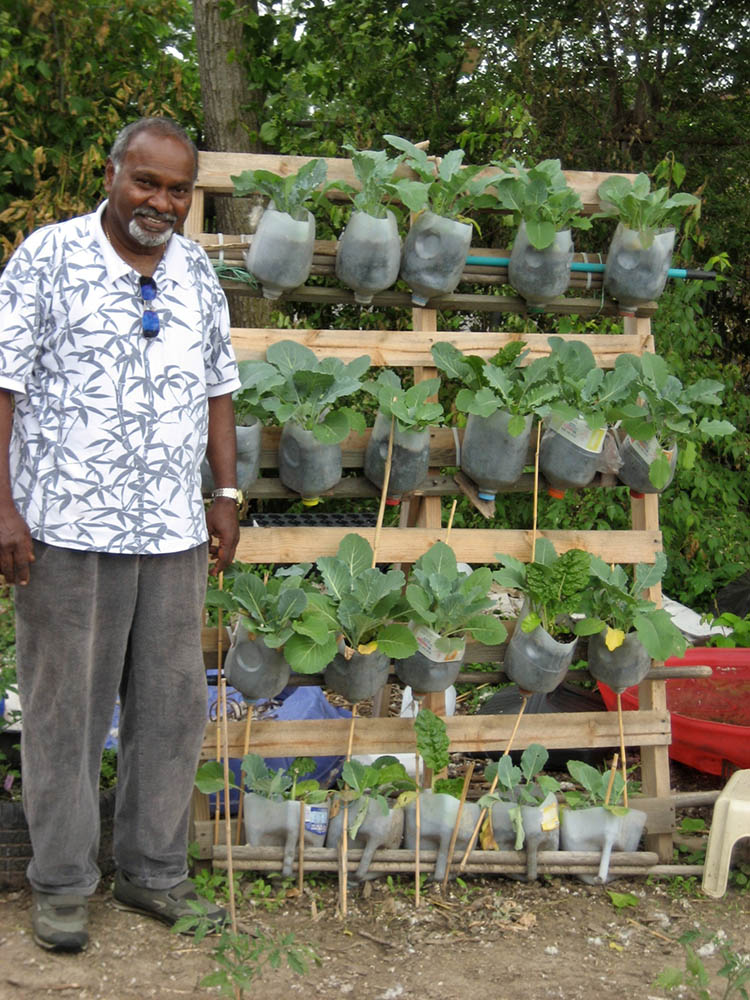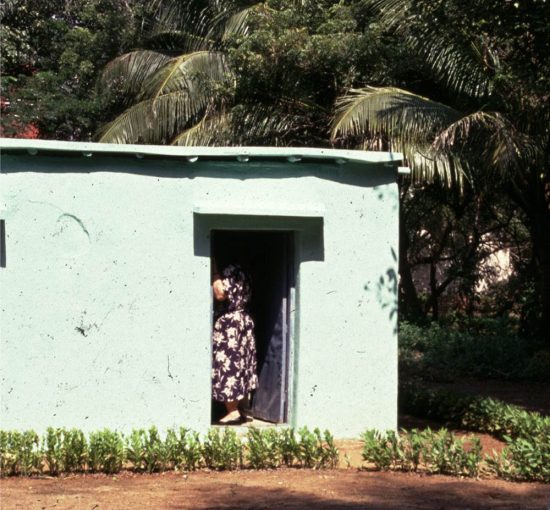
Using Urban Areas for food production can be challenging but offers plentiful rewards.
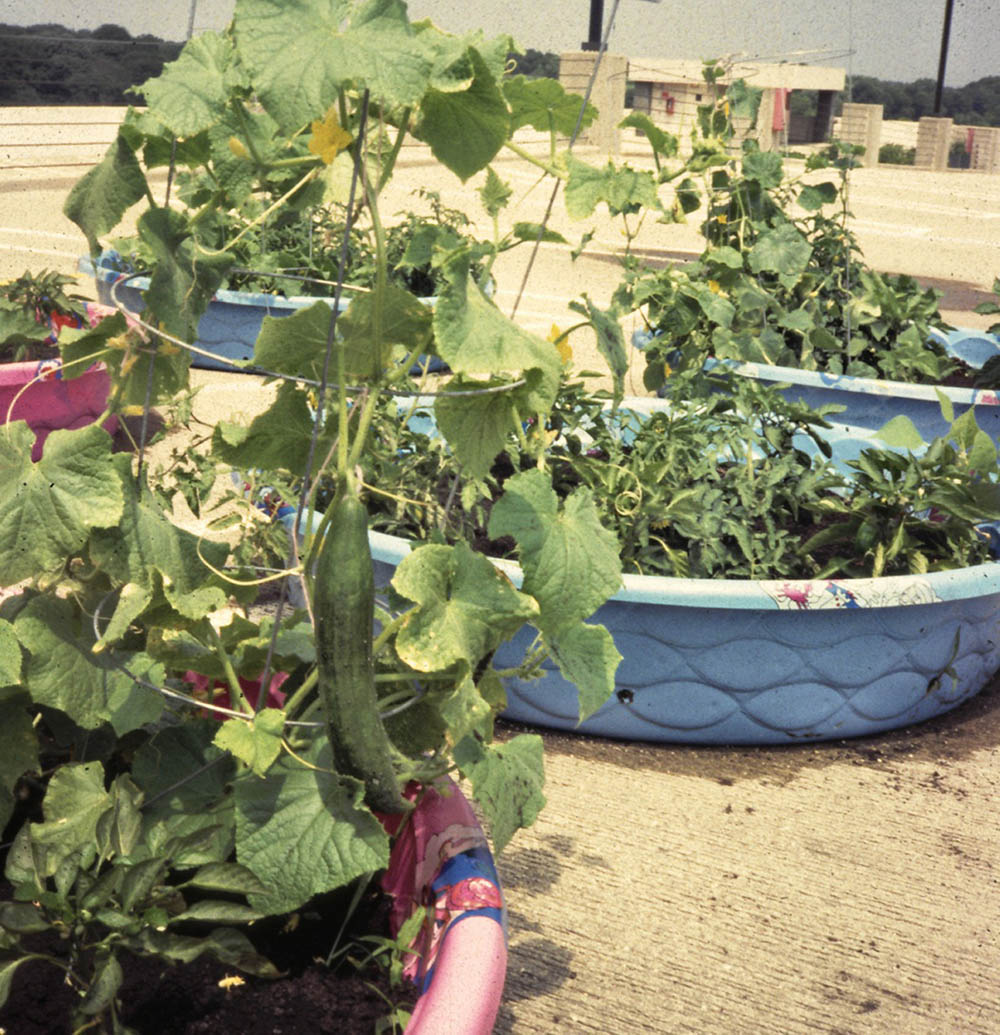
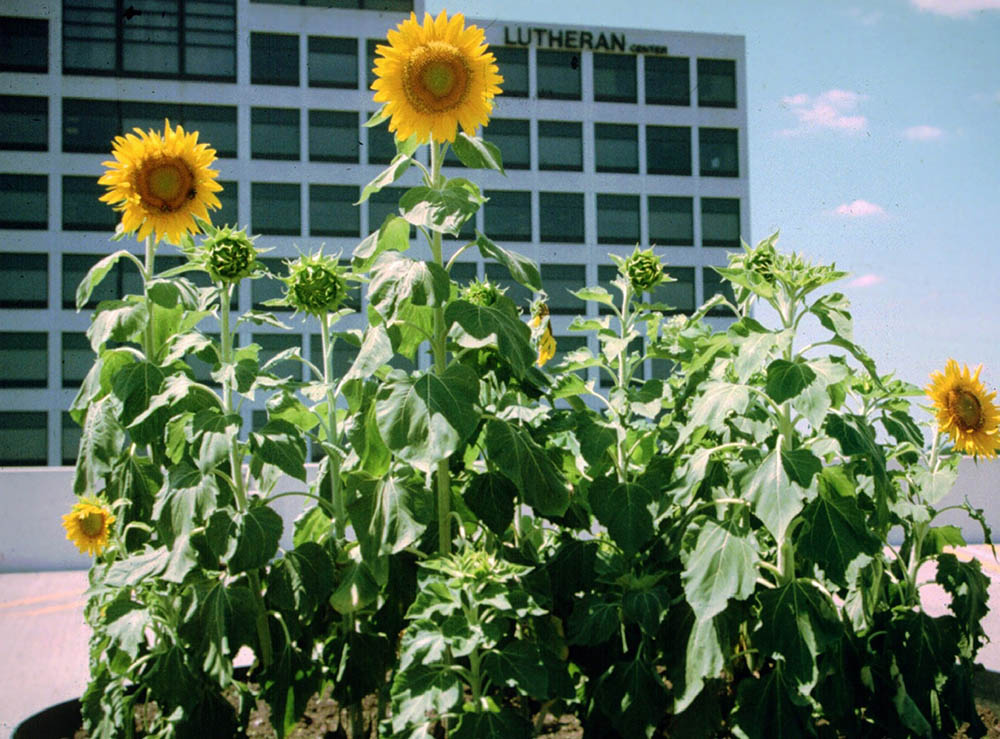

Due to the population explosion, decrease in arable land, as well as a degradation of productive land, using urban spaces, such as empty lots, roof tops, and parking lots, can be a way for communities to regain some control of their food sources.
While innovations such as the DPB are appropriate for many contexts, the United States offers it’s own specific context. The poor in the States can often find themselves worse off that those in areas of the world that still have a living practice of small scale food production. Much of the knowledge has been lost to those in the financially wealthy areas of the world.

Urban Agriculture can not only provide much needed nutrition in spaces now called ‘food deserts,’ it can also provide a necessary consciousness of the source and cycle of nutrients. Many of the US population is completely divorced from the living systems they depend on.


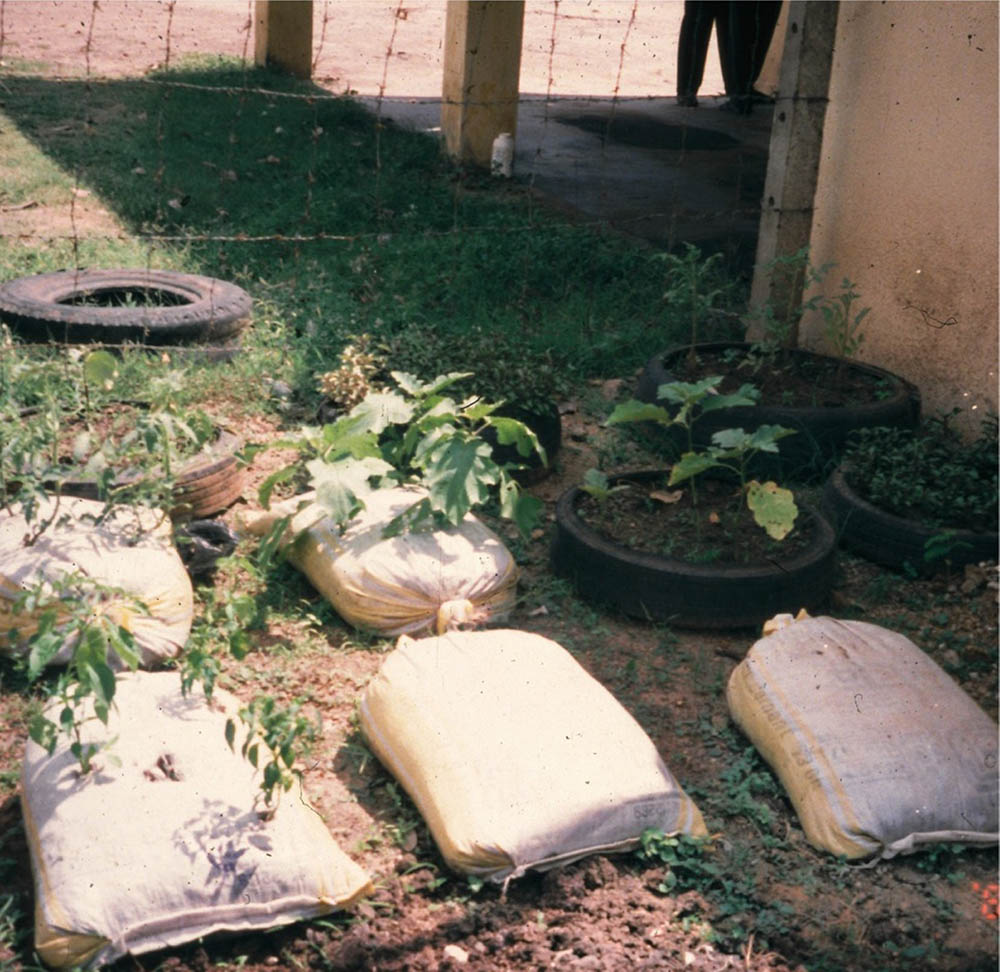
Food can be grown in soil brought into areas without access to arable land. By using feed sacks, and filling them with soil, a container garden can be grown.
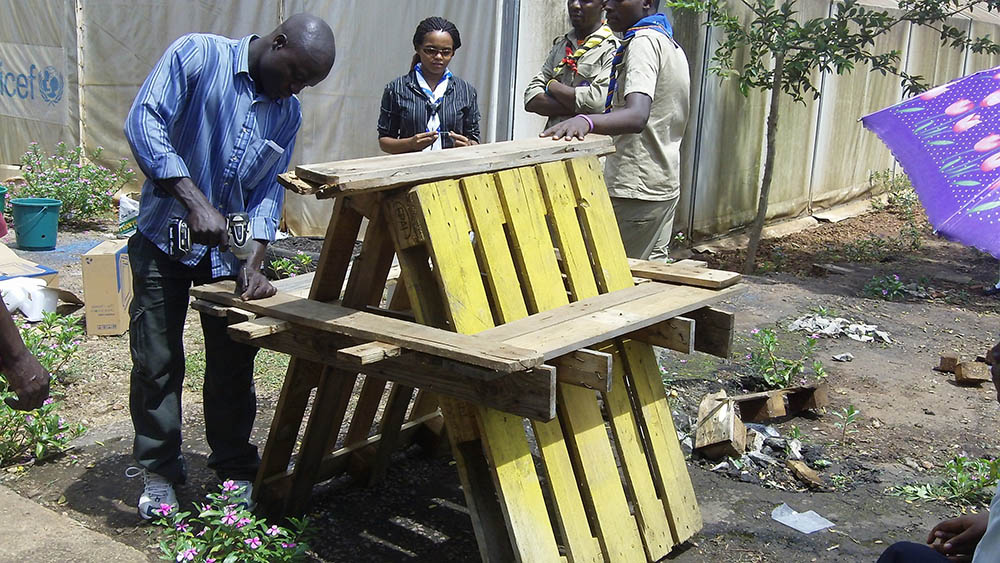

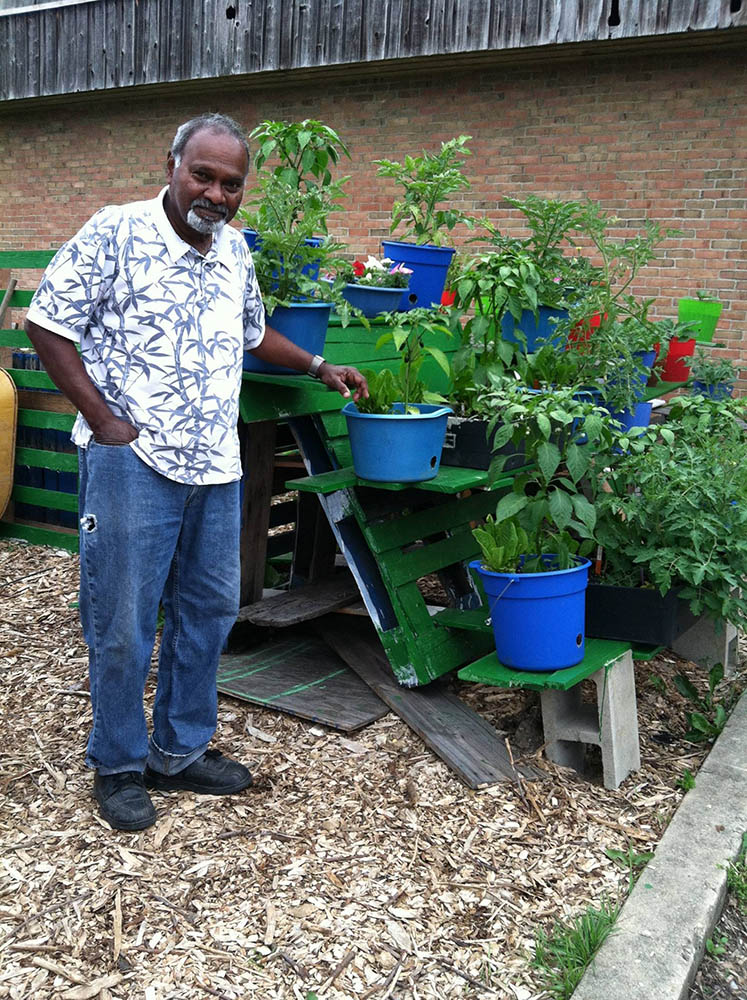
With limited space in some urban situations, it can be a method to construct simple structures that allow vertical growing. You can see a simple structure built from pallets, and also a bottle array that allows water to cascade through all the plants.
